Chapter 7
Physical & Cognitive Development in Early Childhood
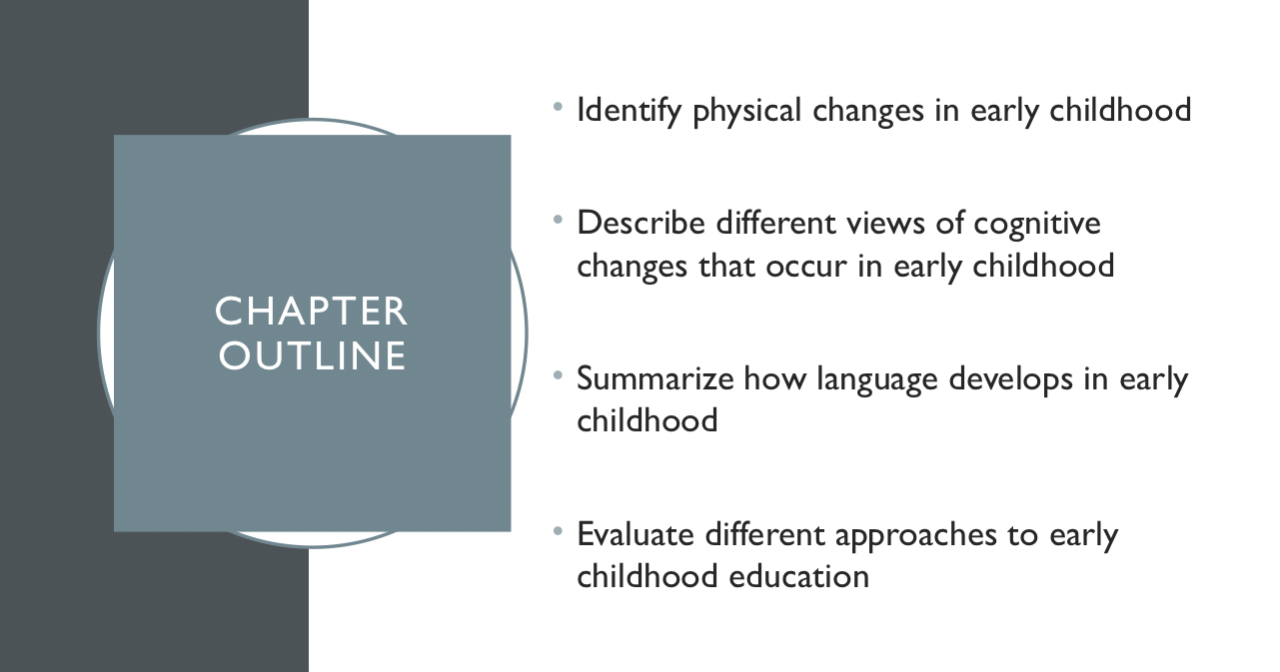
Baby Growth
Height and weight:
Average child grows 2 ½ inches in height an dgains 5-10 pounds a year during early childhood
Growth patterns vary individually with ethnic origin and nutrition being the 2 most important contributors in height differences
The brain:
The brain and nervous system continue to develop but not as rapidly as it did in infancy
By 3 years the brain is 75% of its adult size
By age 6, the brain is closer to 95% of its adult size
Gross Motor Skills development
Most preschool children are more active than they will ever be at any later period in the lifespan
Gross motor skills:
Simple movements at age 3
Hopping, jumping, and running back and forth
More adventurous at age 4
Display athleticism in jungle gyms
Hair-raising risks at age 5
More complex stuns and competition (e.g. racing their peers or parents)
Fine Motor Skills Development
At age 3, most children can pick up tiny objects between theirr thumb and forefinger, but they are still somewhat clumy at it.
Building tall block towers is nearly impossible as they don’t place them in a stright line
At age 4, fine motor skills improve and are more precise
Can build higher block towers but may knock over the existing stack as they attempt to place each block perfectly
At age 5, body coordination has improved substantially,
Hand, arm, and body all move together under better command of the eye; building block towers are easier
Sleep
Recommended sleep for children around 3-4 years of age is 10-13 hours of good quality sleep, with consistent sleep and wake times
May include mid-day naps
Children can experience a number of sleep disorders:
Narcolepsy - extreme daytime sleepiness
Insomnia - difficulty going to sleep or stayign asleep
Nightmares
Sleep problems can lead to negative outcomes
Attention problems
Worse school readiness (also linked to increased screen time)
Being overweight
Social problems
Nutrition and Exercise
Children’s nutrition is strongly influenced by caregiver’s behaviors
Eating habits and activity levels at this stage can strongly influence the risk for:
Obesity, malnutrition, disordered eating, etc.
The US has the second higher rate of childhood obesity
Eleven million preschool children are experiencing malnutrition
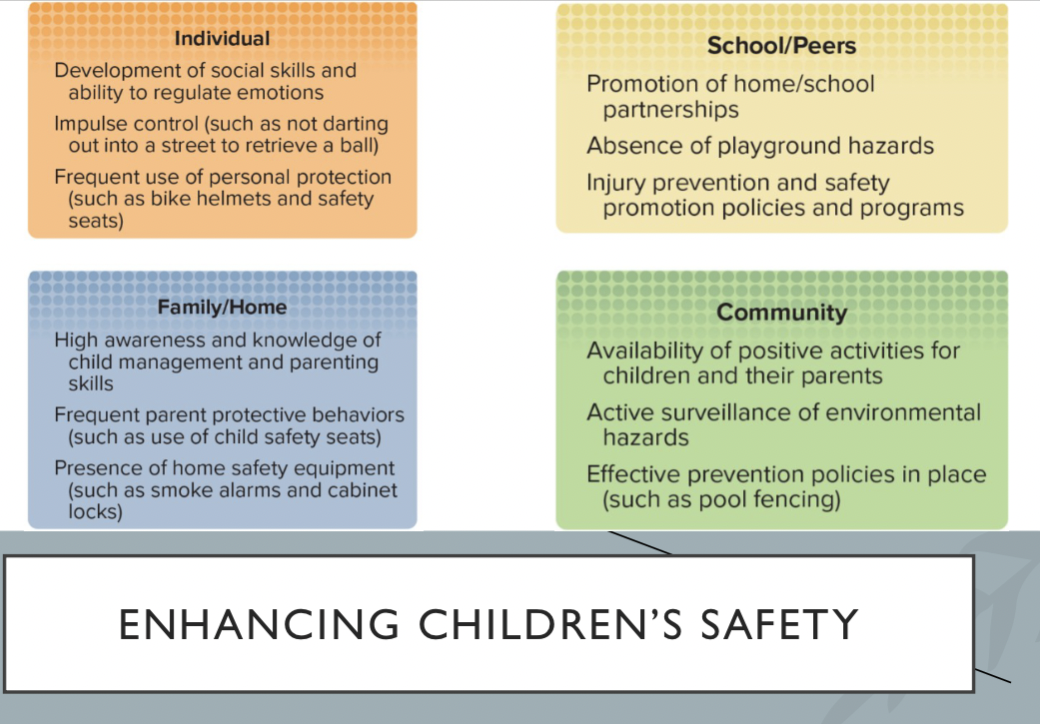
Cognitive Changes
Piaget’s pre-operational stage
Vygotsky’s theory
Information processing
Piaget’s Preoperational stage
preoperational stage:
Second stage
Ages 2 to 7 years
Children represent the world with words, images, and drawings
Can form stable concepts and begin to reason
Cognitions are dominated by magical beliefs and egocentrism - inability to distinguish one’s own perspective from someone else’s
Symbolic Function Substage
Occurs between the ages of 2 and 4
Young child gains the ability to mentally represent an object that is not present
Child is less concerned with reality. Their drawings tend to be fanciful and inventive
3 ½ year old drew “a pelican kissing a seal.”
11 year old’s Christmas tree is a neater and more realistic, but also less inventive
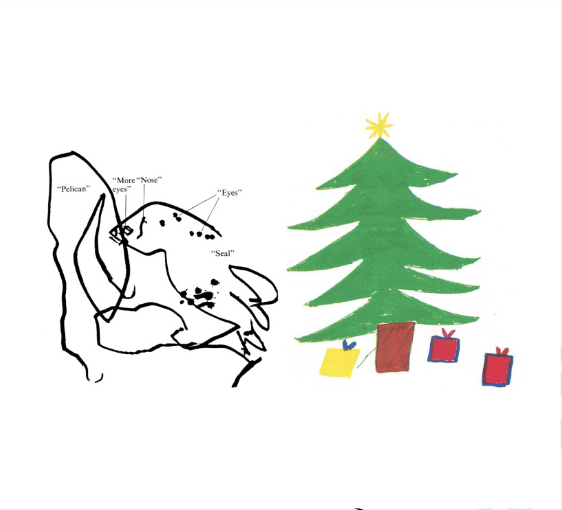
Children in the preoperational stage tend to fail conservation tasks
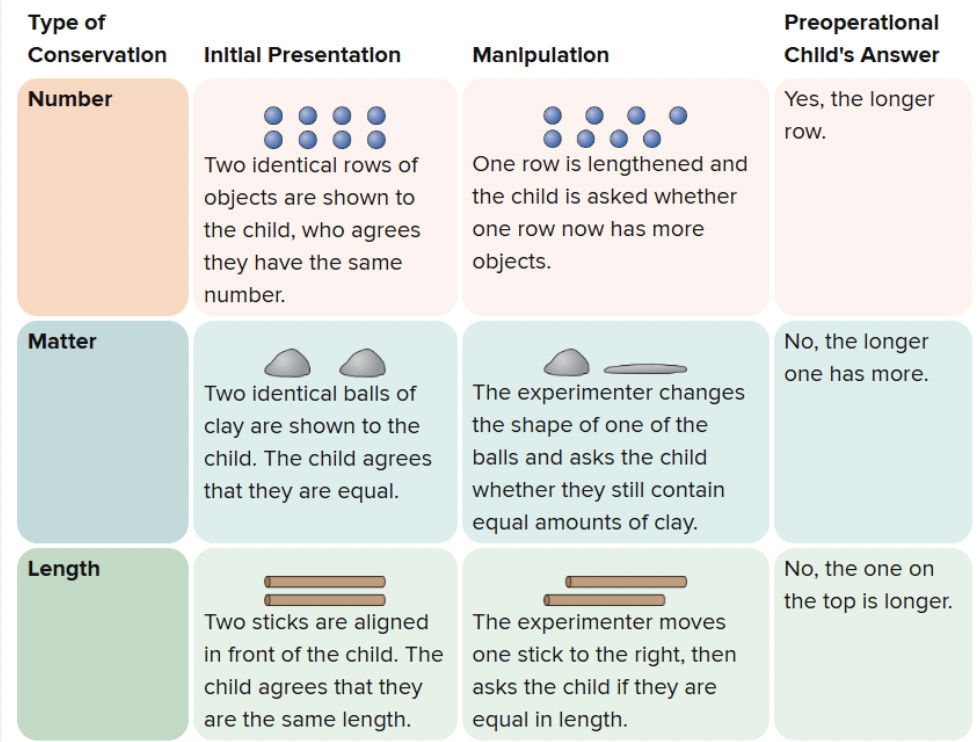
Vygotsky’s Theory
This theory argues that children think and understand primarily through social interaction, especially instruction
Zone of proximal development (ZPD): range of tasks that are too difficult for the child alone but can be learned with guidance.
Lower limit - level of skill reached by child working independently
Upper limit - level of additional responsibility child can accept with assistance of an instructor
Language Development
Toddlers move quickly from producing two-word utterances to create three-four-, and five-word combination
B/n 2 and 3 years of age, children transition to saying more complex sentences
Children also demonstrate knowledge of morphology rules
Plural and possessive nouns: dogs and dog’s
Verb endings: -ed for past tense and -ing when in action
Prepositions: in and on
Various forms of the verb to be: “I was going to the store”
Evidence of Language Development
Some of the best evidence for changes in children’s use of morphological rules occurs in their overgeneralization of them.
Preschool child says “foots” instead of “feet,” or “goed” instead of “went.”
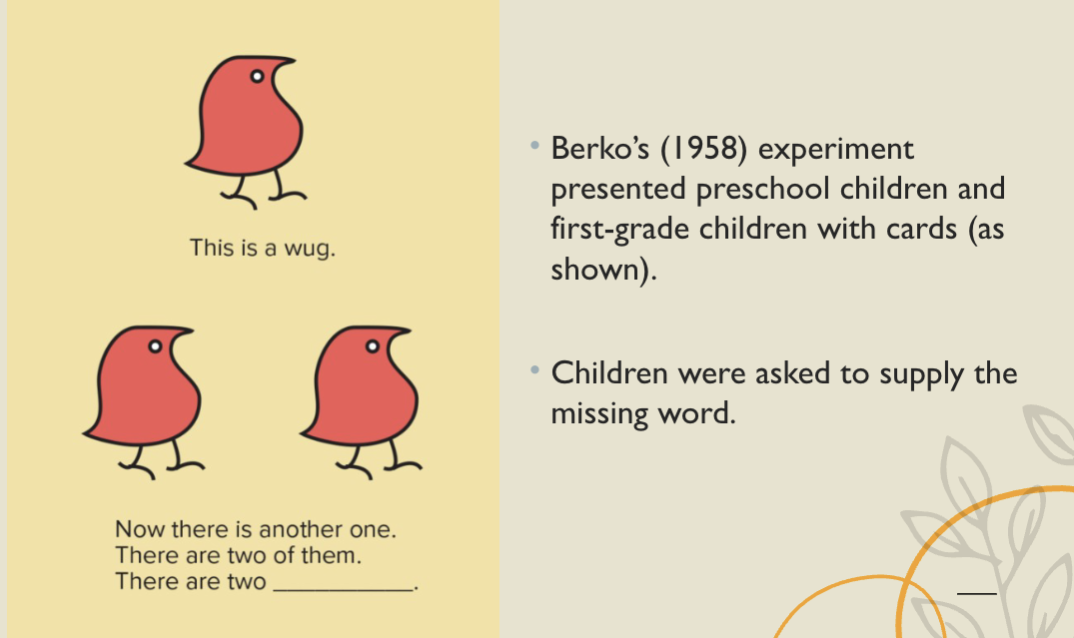
Word Learning
There are six key principles in young children’s vocabulary development
Learn the words they hear most often
Learn words for things and events that interest them
Learn words better in responsive and interactive contexts than in passive contexts
Learn words best in contexts that are meaningful
Learn words best when they access clear information about word meaning
Learn words best when grammar and vocabulary are considered
Value of Books
Books can be valuable in enhancing children’s communication skills
Use books to initiate conversation in young children
Asking them what they would do/think/feel if they were the character in the story
Use what and why questions
Asking what they think will happen next in a story
Choose some books that play with language
Books about the alphabet or those that use rhymes
Encourage them to ask questions about stories
Variations in Early childhood Education
There are many variations in the way young children are educated
The child-centered kindergarten - emphasizes the education of the whole child and concern for their physical, cognitive, and socioemotional development
Instruction is organized around child’s needs, interests, and learning styles
Emphasis on the process of learning rather than what is learned
Honors these 3 principles
Each child follows a unique developmental pattern
Young children learn best through firsthand experiences with people and materials
Play is extremely important in the child’s total development
The Montessori Approach is a philosophy of education in which children are given considerable freedom and spontaneity in choosing activities
Children can move from one activity to another as they desire
Teacher is a facilitator rather than a director
Shows how to perform intellectual activities
Demonstrates interesting ways to explore curriculum materials
Offers help when child requests it
Montessori programs seek to develop self-regulated problem solvers who can make choices and manage their time effectively
By encouraging children to make decisions from an early age
Controversies in Early Childhood Education
Controversy surrounds the topic of early childhood education curriculum
One side has the child-centered, constructive activists
On the other are those who advocate an academic, direct-instruction approach.
Another controversy focuses on whether preschool education makes a difference, especially for children who are not disadvantaged
Disadvantages children may include those from lower-income households where all possible caregivers must return to work and cannot provide the children with the necessary interactions for learning for learning and development
 Knowt
Knowt